What are you listening to and WHY might anyone be interested? (Vol. XIII)
Posted by: Richard Dane on 01 January 2017
2017 has arrived today, so time to start this thread afresh.
Last year's thread can be found here;
Now Playing.......

Manu Katche - Neighborhood
Manu Katche (composer, drums and percussion), Jan Garbarek (composer, tenor saxophone and saxophone), Slawomir Kurkiewicz (composer and double bass), Tomasz Stank (composer and trumpet), and Marin Wasilewski (composer and piano)
A mention from HAIM RONEN above and placed in the TIDAL queue.
Notes on TIDAL: The superb French/Ivory Coast drummer Manu Katche, long a backing force on many ECM sessions, steps out on his own for the first time on this label and comes up with a gem -- with a little help from some of the ECM stars. Indeed, "Neighbourhood" is a very appropriate title, for there are several interlocking orbits of personnel within this album. For a start, the CD marks another collaboration between trumpeter Tomasz Stanko and saxophonist Jan Garbarek, the latter whom Katche has been backing on and off since the early '90s. Moreover Stanko brought along part of his Polish rhythm team, pianist Marcin Wasilewski and bassist Slawomir Kurkiewicz, for the session. Michel Petrucciani is clearly on Katche's mind, for not only is the album dedicated to the late pianist, the reflective, ardently lyrical mood of Katche's compositions -- and Wasilewski's piano work -- are quite reminiscent of Petrucciani at his most relaxed. And Katche can write; his tunes are often wistful and thoughtful, his percussive backing crisp yet subtle, carefully filling in the cracks while keeping just enough of a gentle pulse. The best of the lot, the simple angular tune of "Good Influence," grabs you by the throat, tugs at your heart, and doesn't quit the memory -- sure signs of greatness. By contrast, "Lovely Walk" kicks up the tempo behind an ostinato bass while "Take Off and Land" brings in a touch of fatback funk. If there is a single wellspring behind this music -- besides Petrucciani of course -- Herbie Hancock's acoustic combo recordings of the late '60s come closest in terms of ambience and harmony. Call this album an inspired descendant two generations and an ocean away. ~ Richard S. Ginell
Now Playing.......

Keith Jarrett Quartet - Personal Mountains
Exploration of the ECM catalogue continues.........
Notes from TIDAL: It is very much out of character for the prolific Keith Jarrett and his producer Manfred Eicher to hold anything back, yet they've done it here, releasing these live tapes of Jarrett's European quartet ten years after they were recorded. Presumably, they did it in order not to distract attention from Nude Ants, which was recorded a week after these concerts, but that never stopped them before from just piling on more discs. In any case, these Tokyo recordings were too good to hide; the quartet had reached an interactive creative high around this time, often burning at the rarified level that Nude Ants reached. Jarrett is both lyrically effusive and able to ignite his European colleagues into giving him more swinging support than on earlier sessions. In particular, the title track has a lot of the exploratory fervor of "New Dance" from Nude Ants, and "Late Night Willie" gets down deep into the Jarrett gospel feeling. Jan Garbarek is especially forthright in Tokyo on tenor, while his soprano pierces like a beam of sunlight, and Palle Danielsson (bass) and Jon Christensen (drums) are loose, relaxed, and impeccably recorded. Clearly this is one of the peaks of the European quartet's discography. ~ Richard S. Ginell
After he moved on from novelty music (Wooly Bully) Sam Samudio (Sam Sham and the Pharoahs) got a shot from Ahmet Ertegun to record on Atlantic.
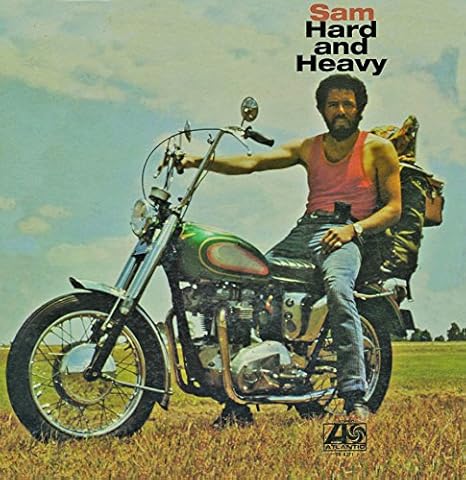
Features the great Duane Allman on guitar & the Memphis Horns.
Now Playing.....

Ralph Towner - Solstice
Streaming from TIDAL as the exploration of the ECM catalogue continues.......
Notes from the ECM Records website here:
This is arguably the first recording to fully flesh out the aural expanse for which ECM has come to be known. Although I am well aware of the immense groundswell of musical activity that was the 1970s, certainly an album like this was a refreshing and altogether mind-altering experience for those fortunate enough to be young musical explorers at the time. Featuring a lineup of musicians who would go on to weave ECM’s significance into the fabric of time, Solstice is a tour de force of musicianship, writing, arrangement, and recording.
Each track is brimming with life and features the sensitive application of a variety of instrumental combinations and studio savvy. “Oceanus” showcases Garbarek in his prime, soaring with an unbridled emotional register. As always, Towner’s 12-string speaks in 360 degrees. Superb drumming from Christensen complements lush melodic lines from Weber, who stretches a melodic cello into infinity while his bass arises like the conical aftereffect of a water droplet. “Visitation” clouds this ardor in a nocturnal vision filled with laughing spirits. “Drifting Petals” is a slow progression, a timid look out onto a dusty plain where the promise of freedom looms larger than the possibility of danger. But then an elder’s advice rings in our ears and pushes us onward. Feet move of their volition and pull us into the ever-receding horizon as the first drops of a squall streak across our foreheads. Towner proves again that his piano musings are not to be taken lightly, as they make for one of the most evocative tracks on the album. A transcendental 12-string solo (with gentle dimensional support from Weber) opens “Nimbus,” soon blossoming into a flourish of flutes, drums, and a bowed bass that cries with the grating fluidity of a sarangi. Garbarek’s sax joins in the fray and lets loose its harmonious fire. The deftly overdubbed flutes return, spreading their wings for a few moments before fluttering off into the distance. “Winter Solstice,” “Piscean Dance,” and “Red and Black” comprise a triptych of duets: the first for classical guitar and sax, the second a prime jam for 12-string and drums, and the third for 12-string and bass. “Sand” ends our cosmic journey with one of Garbarek’s deepest meditations for sax set to the strangely compelling ululations of Christensen’s flexatone lolling about in the background.
Melodically robust while structurally yielding, this is an album to be treasured and is a must-listen for anyone desiring to know what ECM is all about. An astounding meeting of musical minds if there ever was one.

(1978)
No Cyclone forecast it's supposed to be another cloudless sunny day, nevertheless I fancied a listen.

John Williams - Bach: The four lute suites on guitar


If you like your r and b/neo soul
atb
kk
It's an easy going Sunday A.M. here on the Death Star...

80's vinyl that my BF donated to my collection.
Some very still, minimalist contemporary classical on CD from the Japanese composer and sound artist Ryoji Ikeda for a Remembrance Sunday morning:

All the talk on this forum about ECM Records has prompted me to drag one of my favourites out, on CD...

Gene Rodgers - After Hours
If you like Gene Harris, you will probably also like this one.
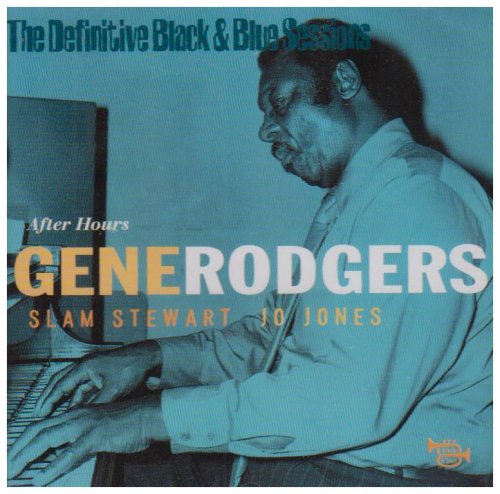
Allmusic.com:
Practically every jazz record collector has heard a sampling of pianist Gene Rodgers but probably not realized it, for Rodgers took the famous four-bar piano introduction on Coleman Hawkins' classic rendition of "Body And Soul" in 1939! A talented swing-based pianist, Rodgers had a long career although he never became famous. He was a professional as early as 1924 and by 1928 was working in New York. Rodgers recorded with Clarence Williams and King Oliver and worked with Chick Webband Teddy Hill among others. The pianist formed a variety act in the mid-1930's, touring the United States, England and Australia and recording with Benny Carter in Great Britain in 1936. Back in the U.S., Rodgers worked and recorded with Coleman Hawkins (1939-40), was in Zutty Singleton's Trio and with Erskine Hawkins' big band (1943). Rodgers worked in Los Angeles for a couple years (appearing in the film Sensations of 1945 on one number with Cab Calloway opposite fellow pianist Dorothy Donegan) and then led his own trio, mostly working in New York. In 1981-82 he worked for a period with the Harlem Blues and Jazz Band. As a leader, Gene Rodgers only recorded on a few occasions: two numbers for Vocalion in 1936, four for Joe Davis in 1945 and isolated trio albums for EmArcy (a definitive outing from 1958), Black & Blue (1972) and 88 Up Right (1980).
Three CDs' worth of Dead-ly goodness. Includes jaw-dropping versions of "Eyes of The World" and "Dark Star"...
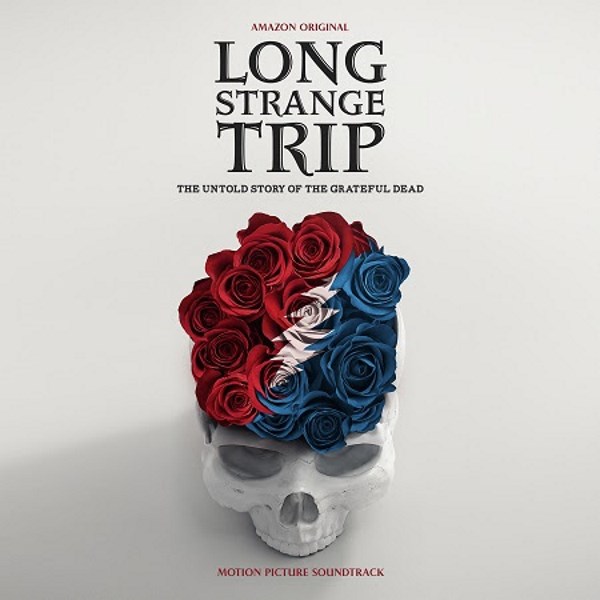
Hille perl on the viola dagamba and husband Lee Santana on the lute:
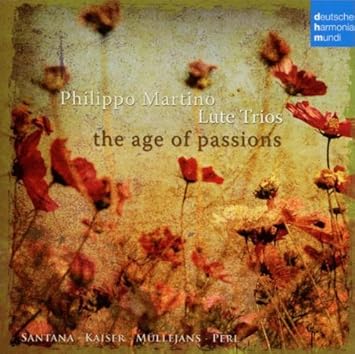
Joe Harriott Quintet - Southern Horizons / Free Form / Abstract

From allmusic.com:
Joe Harriott's music goes virtually unheard today, yet the alto saxophonist exerted a powerful influence on early free jazz in England. The Jamaican-born and raised Harriott played with his countrymen, trumpeter Dizzy Reece and tenor saxophonist Wilton "Bogey" Gaynair, before emigrating to England in 1951. In London, Harriott worked freelance and in the band of trumpeter Pete Pitterson. In 1954, he landed an important gig with drummer Tony Kinsey; the next year he played in saxophonist Ronnie Scott's big band. His first album as a leader was 1959's Southern Horizon. Originally a bop-oriented player, Harriott gradually grew away from the conventions of that style. During a 1960 hospital stay, Harriott envisaged a new method of improvisation that, to an extent, paralleled the innovations of Ornette Coleman. Harriott was initially branded a mere imitator of Coleman, but close listening to both men reveals distinct differences in their respective styles. Harriott manifested a more explicit philosophical connection with bebop, for one thing, and his music was more concerned with ensemble interaction than was Coleman's early work. The 1960 album Free Form, which included trumpeter Shake Keane, pianist Pat Smythe, bassist Coleridge Goode, and drummer Phil Seaman, illustrated Harriott's new techniques. Beginning in 1965, he began fusing jazz with various types of world folk musics. He collaborated with Indian musician John Mayer on a record -- 1967's Indo-Jazz Suite -- that utilized modal and free jazz procedures. The album's traditional jazz quintet instrumentation was augmented by a violin, sitar, tambura, and tabla. Harriott's recorded output was scarce and virtually none of it remains in print.
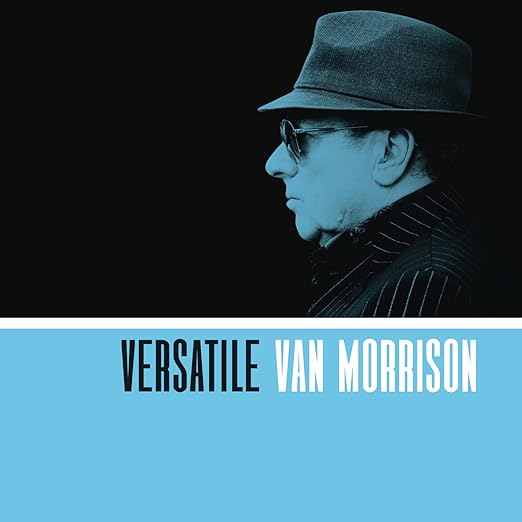
Trax from the next Van the Man release.
Yes folks it is a second album from him in less than 3 months.
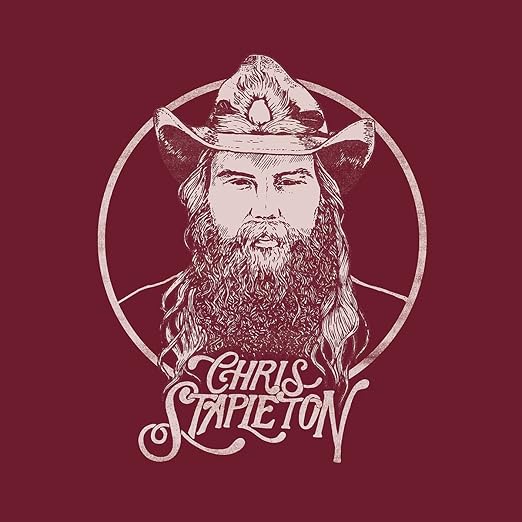
A bunch of trax of the new U2 album released 1st Dec.
A bunch of traX off the above
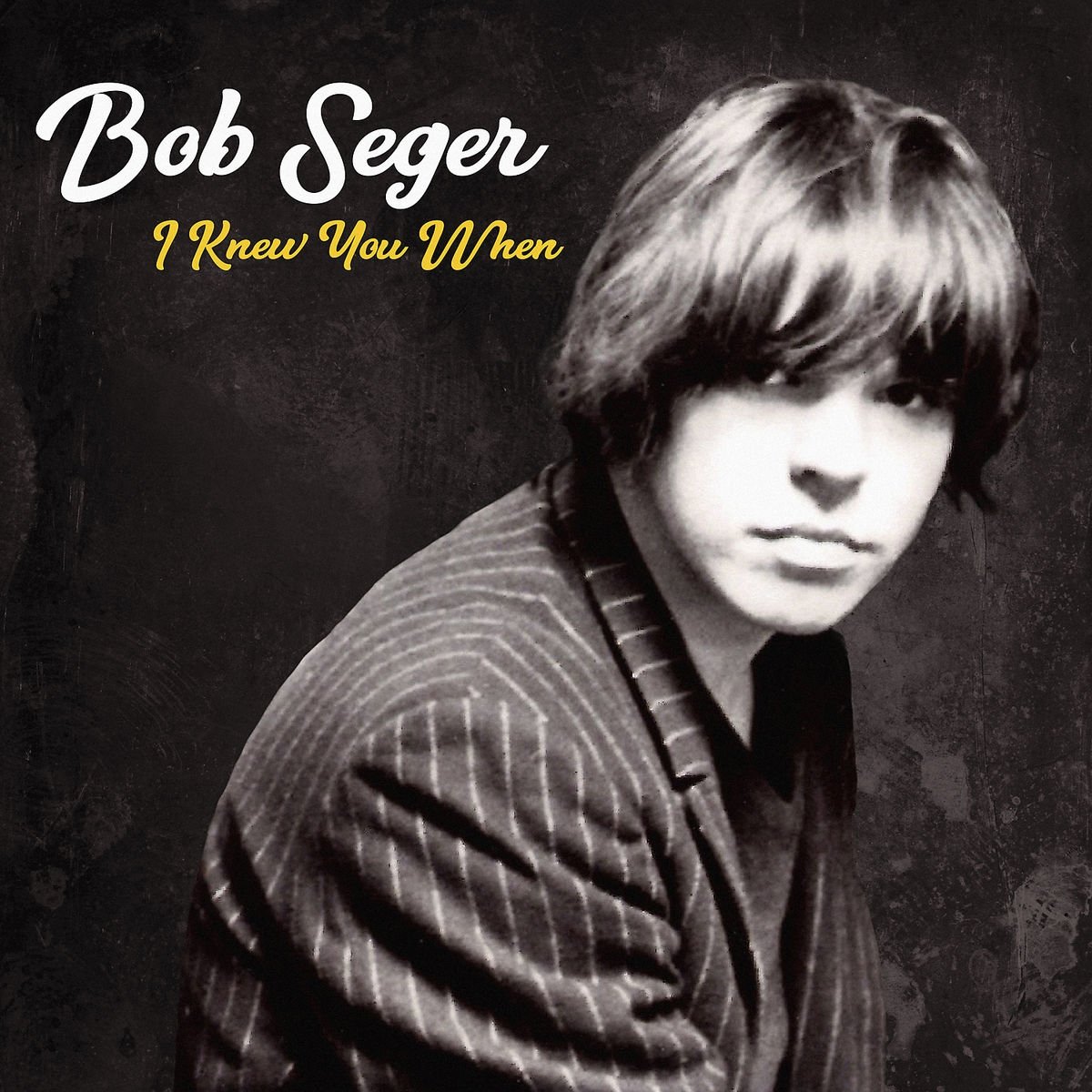

My listening yesterday and today
On vinyl
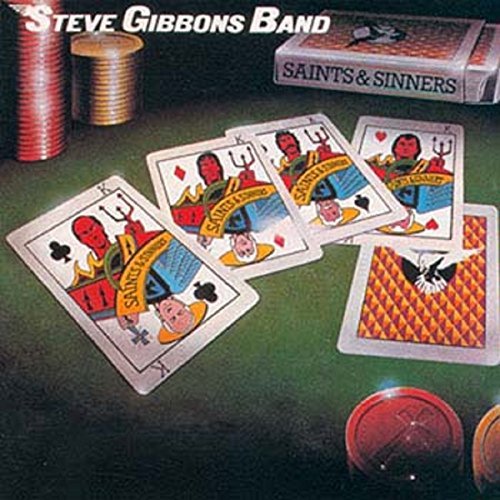
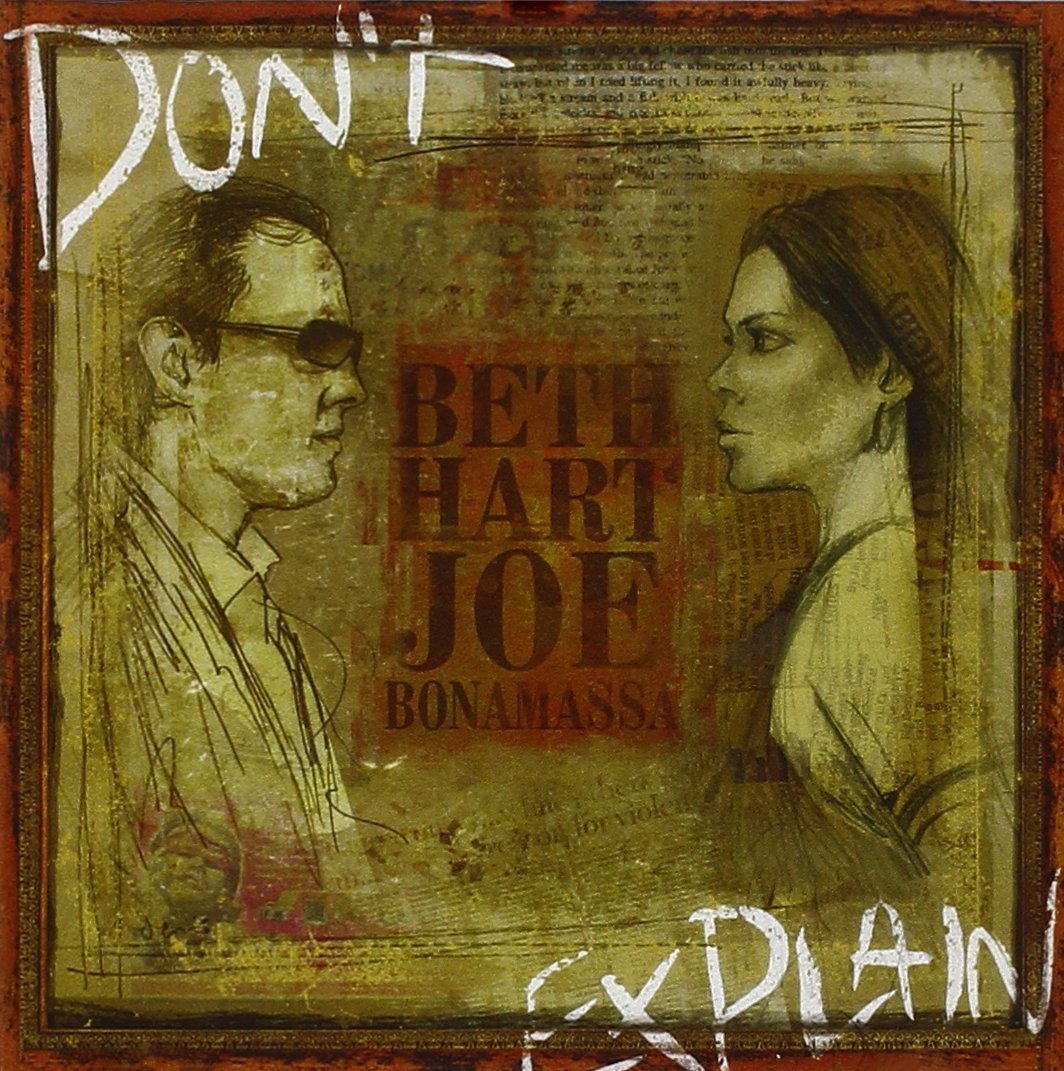
Beth Hart & Joe Bonamassa - Don't Explain.
Surely one of the best present day female blues shouters?
Never better than here, with her buddy, Joe ........................ an excellent album.
World music from the Balkan on the MA label:

Recorded in 1994 in.. Hirara Hall, Akigawa, Japan.
